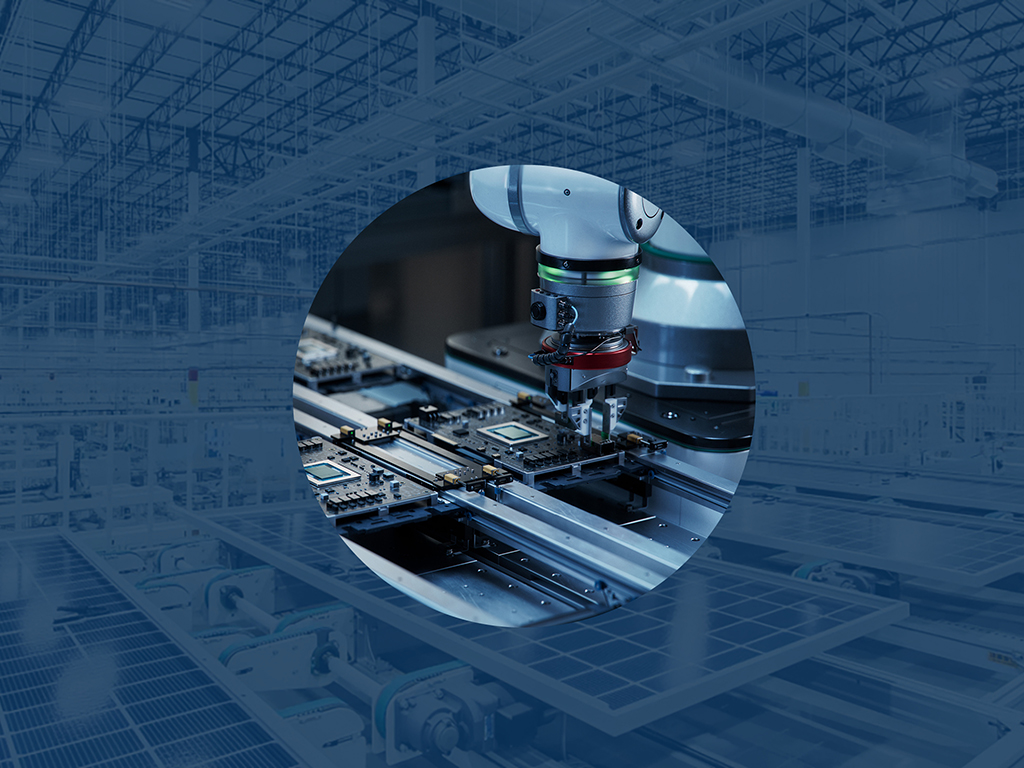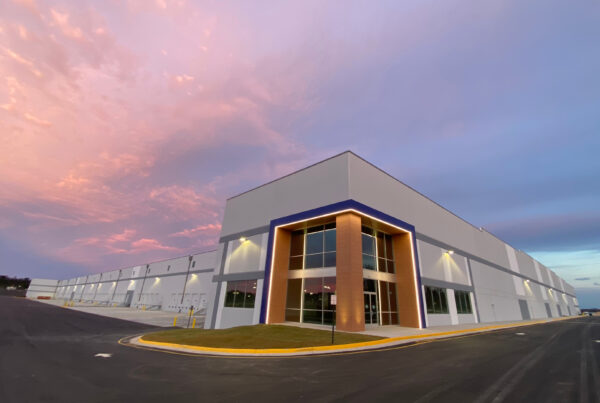
The Japan Investment America Initiative represents the largest bilateral investment commitment in U.S.-Japan history. With $550 billion targeting semiconductors, pharmaceuticals, steel, and emerging technologies, Japanese companies face both unprecedented opportunity and operational complexity.
Here’s what matters for companies planning U.S. expansion.
The Reality Behind the Opportunity
Japanese firms investing in America must solve five critical challenges before breaking ground:
Regulatory maze. Each state operates its own permitting system. A semiconductor facility in Arizona faces different requirements than one in Ohio. Companies that map these requirements early avoid six-figure change orders later.
Speed pressure. In semiconductors and pharmaceuticals, six months can mean the difference between market leadership and obsolescence. Conventional methods often struggle to deliver the advantages businesses need now.
Budget volatility. Material costs fluctuate 15-30% annually. Labor shortages drive wage premiums. Without guaranteed pricing models, a $100 million project can become $130 million before completion.
Technical complexity. A pharmaceutical cleanroom requires different expertise than an automotive assembly line. Most general contractors lack the specialized knowledge these facilities demand.
Communication gaps. Japanese executives managing U.S. projects often coordinate between Tokyo headquarters, American contractors, and local regulators – each with different expectations and communication styles.
What Successful Projects Do Differently
Companies that successfully establish U.S. operations share three characteristics:
First, they treat facilities as business assets, not real estate projects. The building design directly supports operational workflows, supply chain integration, and production targets – not architectural statements.
Second, they compress timelines through integrated delivery. When design and construction teams work together from day one, projects finish 33% faster than traditional design-bid-build/EPCMV approaches.
Third, they lock in costs early. Guaranteed maximum price contracts protect against market volatility while maintaining quality standards.
The Partner Question
Japanese companies typically choose between two paths:
Multiple vendors: Separate architects, engineers, and contractors. More coordination complexity, but potentially more control over individual components.
Single-source delivery: One accountable partner from concept through commissioning. Less administrative burden, faster delivery, but requires choosing the right partner upfront.
For companies prioritizing speed and certainty – especially those new to U.S. construction – the integrated approach typically delivers better outcomes.
Making It Work: ARCO Design/Build’s Approach
ARCO has delivered over 4,000 projects across the industries targeted by the Japan Investment America Initiative. Our model addresses each challenge directly:
- Regulatory navigation: We maintain relationships with permitting authorities in all major manufacturing states
- Speed to market: Collaborative design-build teams deliver operational facilities up to 12 months faster
- Cost certainty: Lock in pricing at 30% Design, BOD, Concept, or before!
- Technical expertise: Dedicated teams for semiconductors, pharmaceuticals, automotive, and advanced manufacturing
- Cultural alignment: Experience with 200+ international clients, including Japanese corporations. Our team includes Japanese-speaking employees and project managers who bridge language and cultural nuances, ensuring smooth communication and sensitivity to business etiquette and design process expectations throughout every stage of a project.
The Japan Investment America Initiative creates generational opportunity. Success requires translating strategic vision into operational excellence – quickly, predictably, and without compromise.
By combining deep industry knowledge with a collaborative, transparent approach, ARCO helps Japanese investors reduce risk, control costs, and accelerate operational readiness -turning strategic visions into high-performing U.S. facilities.
Ready to explore how design-build can accelerate your U.S. expansion? Contact ARCO to discuss your specific requirements.


